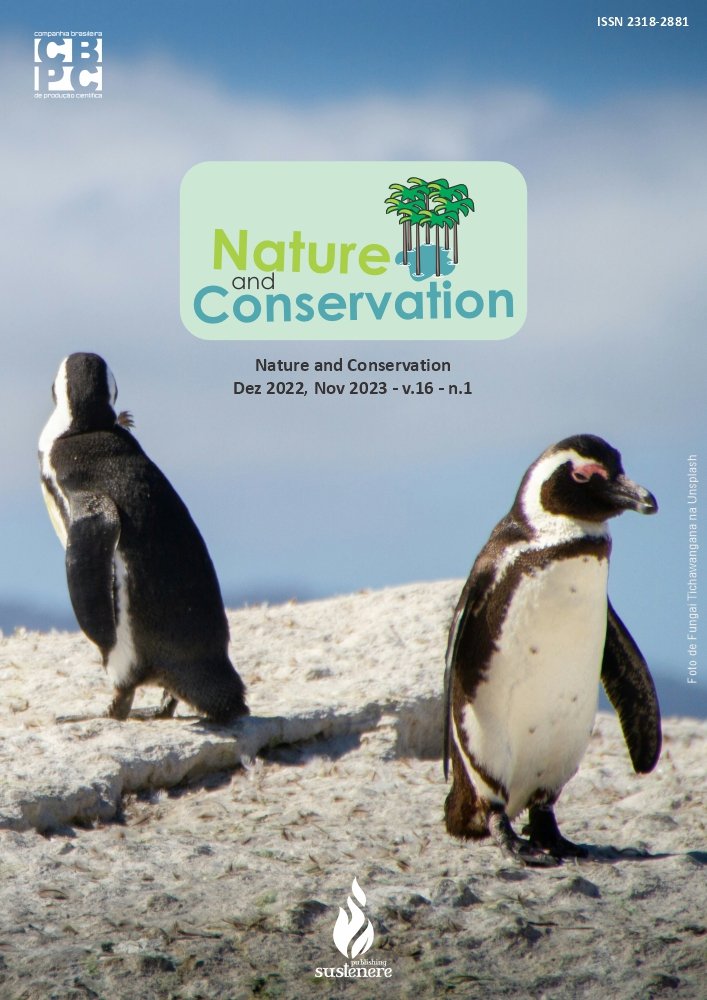Treatment of wastewater from fish processing in a Y-shape anaerobic reactor followed by aerobic percolator filter
DOI:
https://doi.org/10.6008/CBPC2179-6858.2022.006.0011Keywords:
Y-shaped reactor, Percolating filter, Fish processingAbstract
The work aimed to remove organic matter and nutrients from effluents from a fish processing industry. The work was carried out in the sanitation laboratory of UFMG. The two-stage treatment system was carried out on a bench scale, consisting of an anaerobic reactor with a Y-shaped sludge blanket (UASB in Y ) and coupled to it a percolating filter (FA) with oyster shells as filling material. . The mean temperature values of the UASB reactor effluents in Y and FA did not vary in a range unfavorable to anaerobic digestion. The pH in tests 1 and 2 remained close to the neutrality range. The mean values of the global total COD removal efficiencies in tests 1 and 2 were 82 and 83% respectively. The average values of global COD removal filtered in trials 1 and 2 were 44.5% and 72%, respectively. In trials 1 and 2, the global system did not show satisfactory nutrient removal efficiency. It can be concluded that the system is recommended to treat effluents from fish processing, with no significant differences between the tests regarding its efficiency in the secondary treatment.
Downloads
Downloads
Published
Issue
Section
License
Copyright (c) 2022 Ibero-American Journal of Environmental Sciences

This work is licensed under a Creative Commons Attribution-NonCommercial-NoDerivatives 4.0 International License.
The CBPC - Companhia Brasileira de Produção Científica (Brazil CNPJ: 11.221.422/0001-03) the material rights of the published works. The rights relate to the publication of the work anywhere in the world, including rights to renewals, expansions and dissemination of the contribution, as well as other subsidiary rights. All electronically published works may subsequently be published in printed collections under the coordination of this company and / or its partners. The authors preserve the copyright, but are not allowed to publish the contribution in another medium, printed or digital, in Portuguese or in translation.









